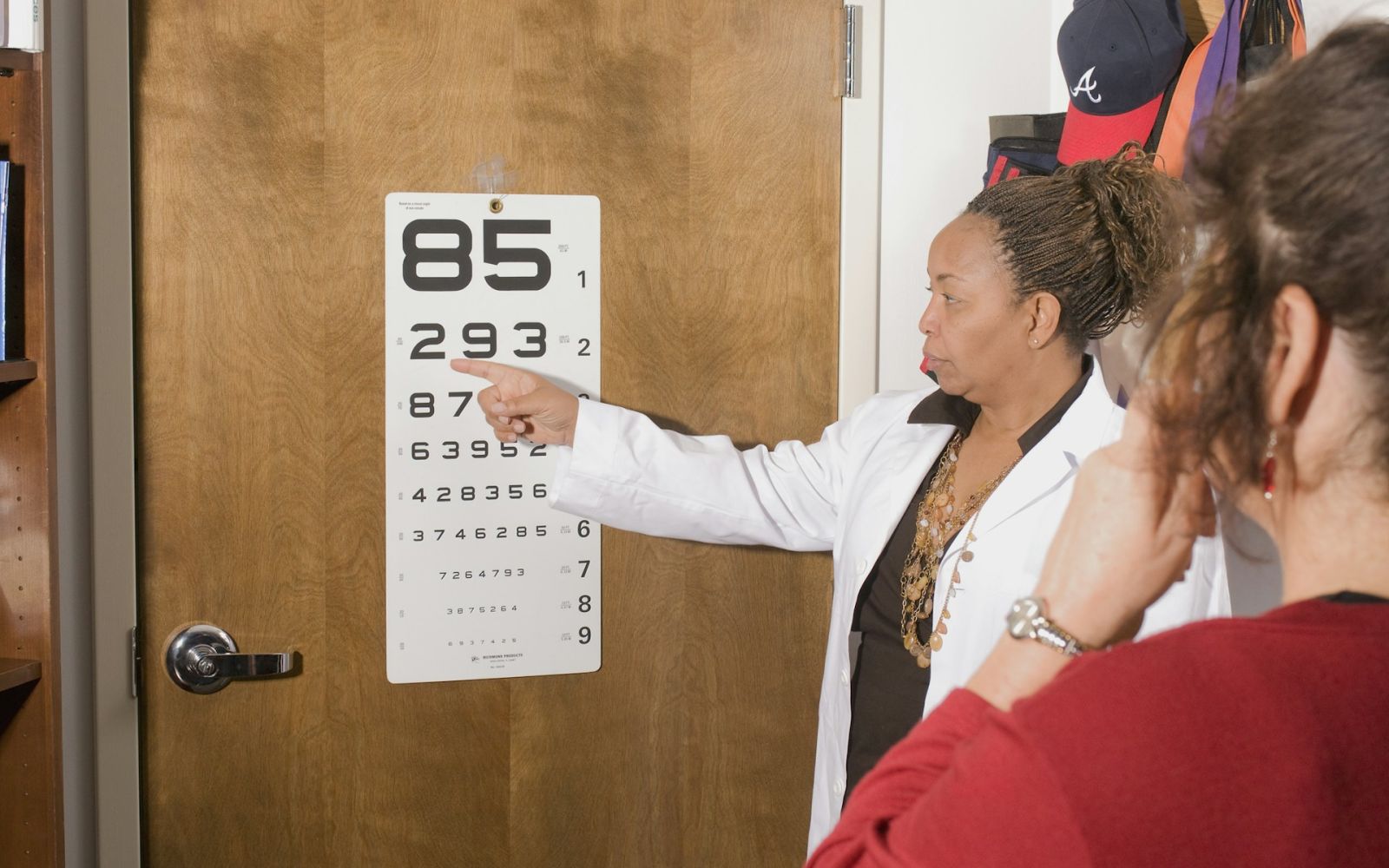Get a clear view of cataracts.
Are you not seeing clearly? Poor vision could be a sign of cataracts.

Just as our body changes when we get older, so do our eyes. Around the age of 40, the proteins in the eye’s lens start to break down and clump together. When this happens, it begins the formation of a cataract, a condition that causes the lens to become cloudy.
Symptoms of cataracts.
Cataracts may form in one or both eyes. When they are mild, you may not have any symptoms. As they grow, you may notice changes in your vision that include:
- Cloudy or blurry vision.
- Faded colors.
- Difficulty seeing at night.
- Greater sensitivity to lamps, sunlight or headlights.
- The formation of halos around lights.
- Double vision.
- Frequent changes in your glasses or contact lenses prescription.
These symptoms may also be caused by conditions other than cataracts. If you experience any changes in your eyesight, the first step is to visit an eye doctor who can do a thorough exam of your eyes. During this exam, the doctor will dilate your pupils and look inside your eyes for cataracts and other eye problems.
Cataract treatment.
The only way to get rid of cataracts is with surgery. Your doctor may wait to perform this common procedure until the cataract starts getting in the way of everyday activities like reading, driving or watching TV. Cataract surgery involves removing the clouded lens and replacing it with an artificial lens.
When you are first diagnosed with cataracts, your doctor may recommend that you use brighter lights, wear anti-glare sunglasses and use magnifying glasses for reading. These steps will help compensate for the loss of vision.
Are you at risk for cataracts?
Your genetics and certain lifestyle choices increase your risk for cataracts. These include:
- Chronic conditions like diabetes.
- Smoking.
- Excessive use of alcohol.
- A family history of cataracts.
- Eye injury, eye surgery or radiation treatment on your upper body.
- Prolonged exposure to ultraviolet sunlight.
- Steroid use, including medicines used to treat health problems like arthritis or allergies.
Although you may not be able to prevent the formation of cataracts, there are steps you can take to reduce your risk:
- Protect your eyes from the sun with a large brim hat and sunglasses.
- Wear eye protection when working with tools, chemicals and playing certain sports.
- Quit smoking and reduce your consumption of alcohol.
- Maintain a healthy diet that includes green leafy vegetables, fruit, fish, whole grains and other foods rich in vitamins and antioxidants.
The ophthalmology team at Nashville General Hospital treats a wide range of conditions that affect vision and overall eye health. You can make an appointment and learn more about our diagnostic examinations and therapies by visiting the Eye Center website.
If you need help getting eye care, the National Eye Institute has a list of resources and programs that offer free or low-cost eye care. Looking for more information? Download the “Cataract. What You Should Know” brochure.
This information is not intended to be a substitute for professional medical advice. You should talk with your primary care physician or other qualified medical professionals regarding diagnosis and treatment of a health condition.



